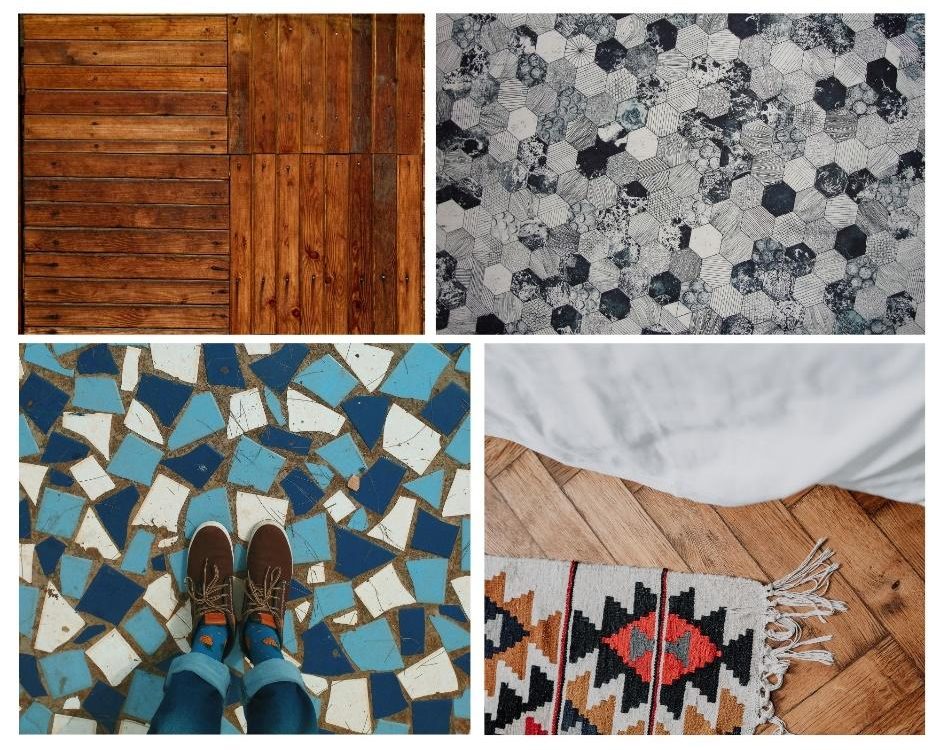
2021 Hardwood Trends
September 21, 2021
2022 Flooring Trends
December 27, 2021Protecting Your Floors in Winter
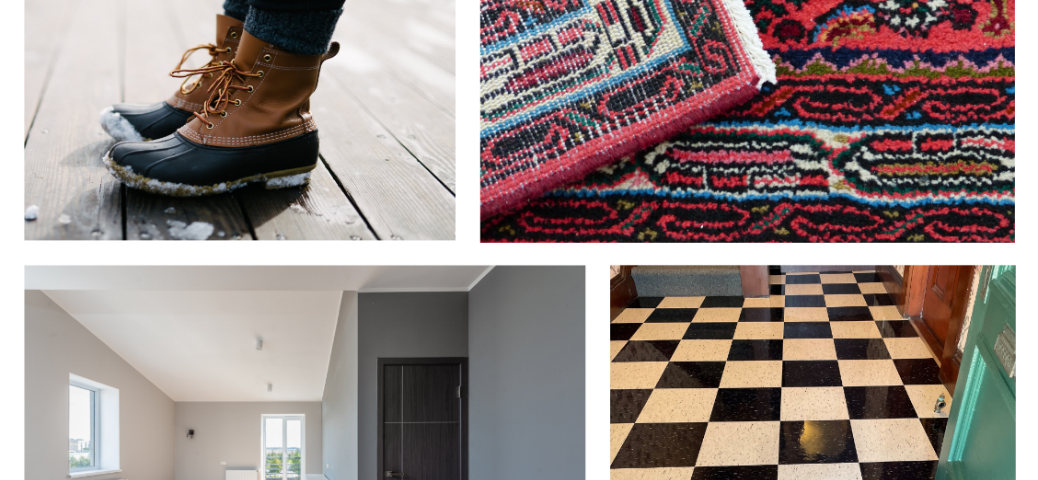
Whether it’s a uniquely patterned tile, bright-colored carpet, or timeless hardwood, the floors in your home make a statement the second someone walks in the door. Taking good care of your floors not only preserves their appearance, and therefore that of your overall home, but prolongs their life by preventing or minimizing damage. This is especially true in the winter months for colder climates, where foot traffic drags in sand and snow used in icy conditions. Read on for more info on how these elements can damage your floors if not properly cared for, and instructions on how to prevent or minimize said damage!
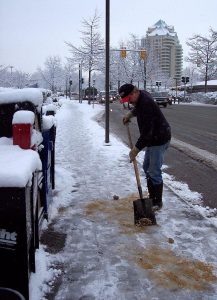
Without proper care, floors can sustain damage of all kinds, from stains/discoloration to scratches, to worn-off finish. As B-Air mentions here, eroding finish (say, with hardwood) is especially problematic because it leaves your floor vulnerable to further damage. The finish acts as a barrier and keeps wood from absorbing moisture—so you can see why protecting it from salt damage is crucial! Thankfully, there are steps you can take to avoid or mitigate salt damage.
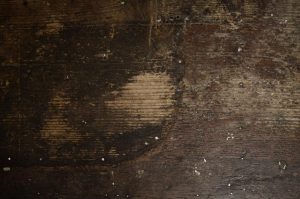
The best way to treat floor damage is to prevent it from happening at all! Keeping a habit of taking shoes off at the door, and/or using entry mats and carpet runners can cut down drastically on salt exposure. Using humidifiers regularly throughout the winter can help prevent your floors (especially hardwood) from drying out and shrinking. As Kerman’s explains here, “The change in temperature during the winter months causes the water inside the wood to contract, ultimately causing the wood to shrink. In warmer weather, the wood will go back to its normal size. The continuous temperature changes cause wood to warp over time, an effect that can’t be undone or fixed.”
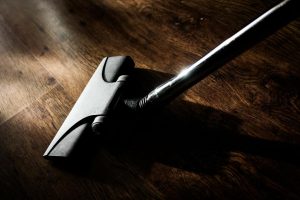
Another crucial step is maintaining a regular floor cleaning schedule, including frequent vacuuming and sweeping. While DIY cleanings are certainly helpful, regular professional cleaning and coating services help protect your floors that much further1. We can help with that! But if you prefer to do it yourself, here are some things to keep in mind: “it’s important to note that cleaning up salt is different than cleaning up dirt. Salt has a different pH level than dirt, and so if you attempt to clean it using regular household cleaners, you’ll only succeed in spreading it around. The salt residue is sticky, too, so not only will you spread it around, but it will also attract dirt, which will only make things worse.”1. When it comes to wood floors, we recommend Bona’s Hardwood Cleaner, which is less harsh than using vinegar, as some recommend, and does not leave behind a residue. You can purchase it here. As City Floor Supply explains here, you’ll want to use a “slightly damp” mop as opposed to one that is soaking wet so as to avoid further damage. Additionally, before you take a power-washer to your concrete garage floor or patio, don’t; doing so can actually drive salt further into the concrete, causing further damage1. A few other key highlights include rinsing mops/cloths and changing the water in your buckets to avoid moving a mixture of salt and cleaning solution around, potentially leading to further damage1; “you can also use an air mover to speed up the process and prevent slips and falls.”
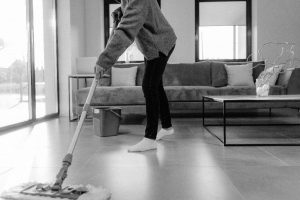
For carpet and other hard surfaces, a mixture of vinegar and water can be used to remove salt stains. You can check out step-by-step instructions here. However, you’ll want to ensure you’re only using it on sealed surfaces, as Service Master mentions here. If you don’t know whether your floor has been sealed or not, you can do a small test area3. Or you can give us a call. We’d be happy to schedule a no-cost estimate and demo where we can determine if it’s sealed and advise on best cleaning methods for your specific floor. We only use and recommend products that are safe for your floor and will prolong their longevity.
Whether you hire a professional to remove salt stains from your floors or plan to do it yourself this winter, the important thing is that your floor receives the proper cleaning and care. And, as always, the best way to prevent damage is to keep it from happening in the first place! Invest in those entry mats and keep your vacuum handy. Make sure to follow our quarterly newsletter for more flooring tips and trends!


